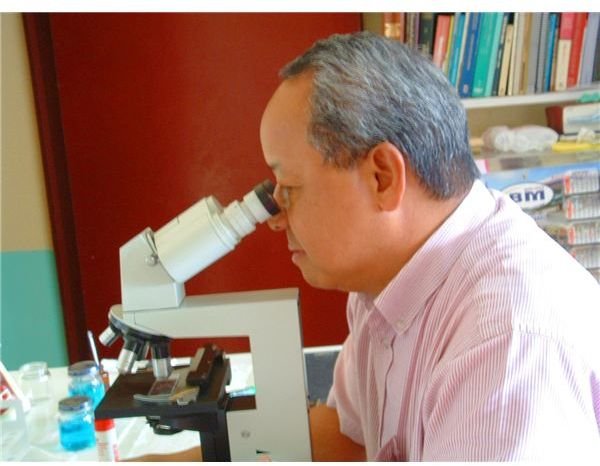How to Protect an Invention: Discussions on Patent Application and Secrecy Agreements
Invention
When making a pitch for an invention, you should first have some kind of protection so people won’t be able to steal your ideas. New innovative inventions these days are hard to come by, so if you have one, do not risk it being stolen- put some security around it before you promote your invention to the world. If you do not know how to protect an invention, this article can help you out. We will discuss several ways for you to protect an invention even before you present it to potential investors or partners.
Patents
There are several options in filing a patent for your invention. There are also multiple guidelines that cater to different kinds of creation. Before choosing which kind of patent you should get, read up on the guidelines first. Also, check the existing and pending patents that may be too similar or exactly the same as your invention. This will save you time just in case your invention is not really as original as you may think.
Getting a patent is a long process that can span years. It can also cost you a lot of money, so before applying for a patent, it is best if you can acquire funding to cover patent costs. It is also recommended to have development plans that can span years. This will fill out your time as you are waiting for the patent to be granted. Some people choose not to acquire a patent for their invention. That will save them time and money, but if you are really aiming to secure your invention, it wouldn’t hurt to get a patent for it.
Proprietary Secrecy Agreements
These are agreements between you, the inventor, and those who you intend to tell about your invention. Before you expose your invention to this person or these people, ask them to sign a proprietary secrecy agreement. This will bind them into a contract that says they cannot talk to other people about your invention without your permission until such time that you have already made your invention public. There will be entities or individuals who may not agree to sign such an agreement, which will force you to make a decision; expose your invention without an agreement and risk losing your rights or lose a business opportunity. You should only choose the former if you are 100% sure of their integrity and it will not cause you to lose your rights to your invention. Otherwise, just walk away and find another party that is willing to sign an agreement.
If an agreement is decided between you and your potential business partner or investor, important terms in the agreement should be determined. This includes the time period for the secrecy and what exactly cannot be shared with the public. These are two elements of the agreement that are usually the most debated. To save you time, talk about these items first before you draw up an official agreement. This will make the signing process quicker, bringing all parties to the actual discussion of the invention sooner.
References
How to Protect Your Invention When Pitching It - https://www.nolo.com/legal-encyclopedia/article-30208.html
Propriety Secrecy Agreement - https://eagle-research.com/nopatent/nodisclose.html
Image Courtesy of <em>Morguefile.com / by Puravida</em>
